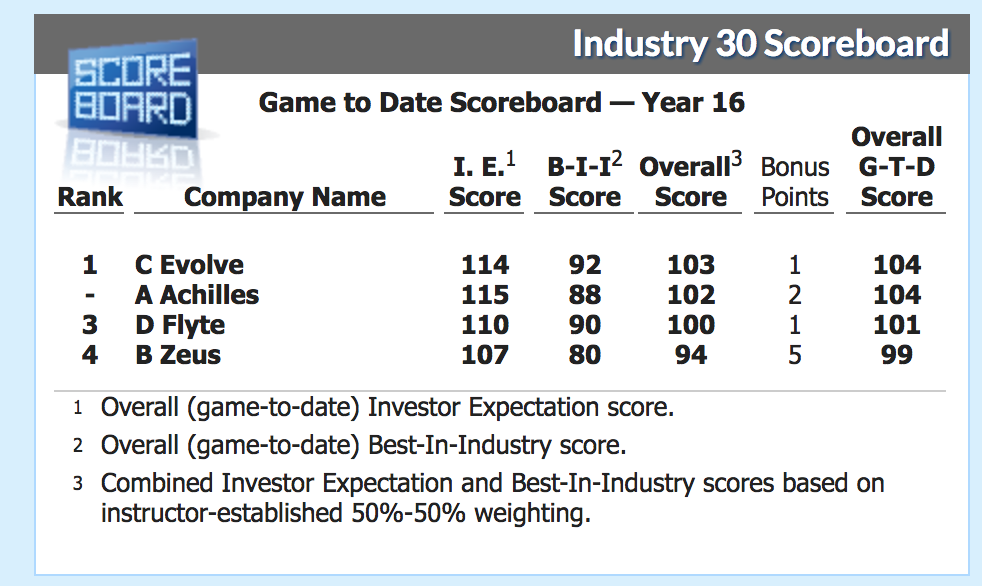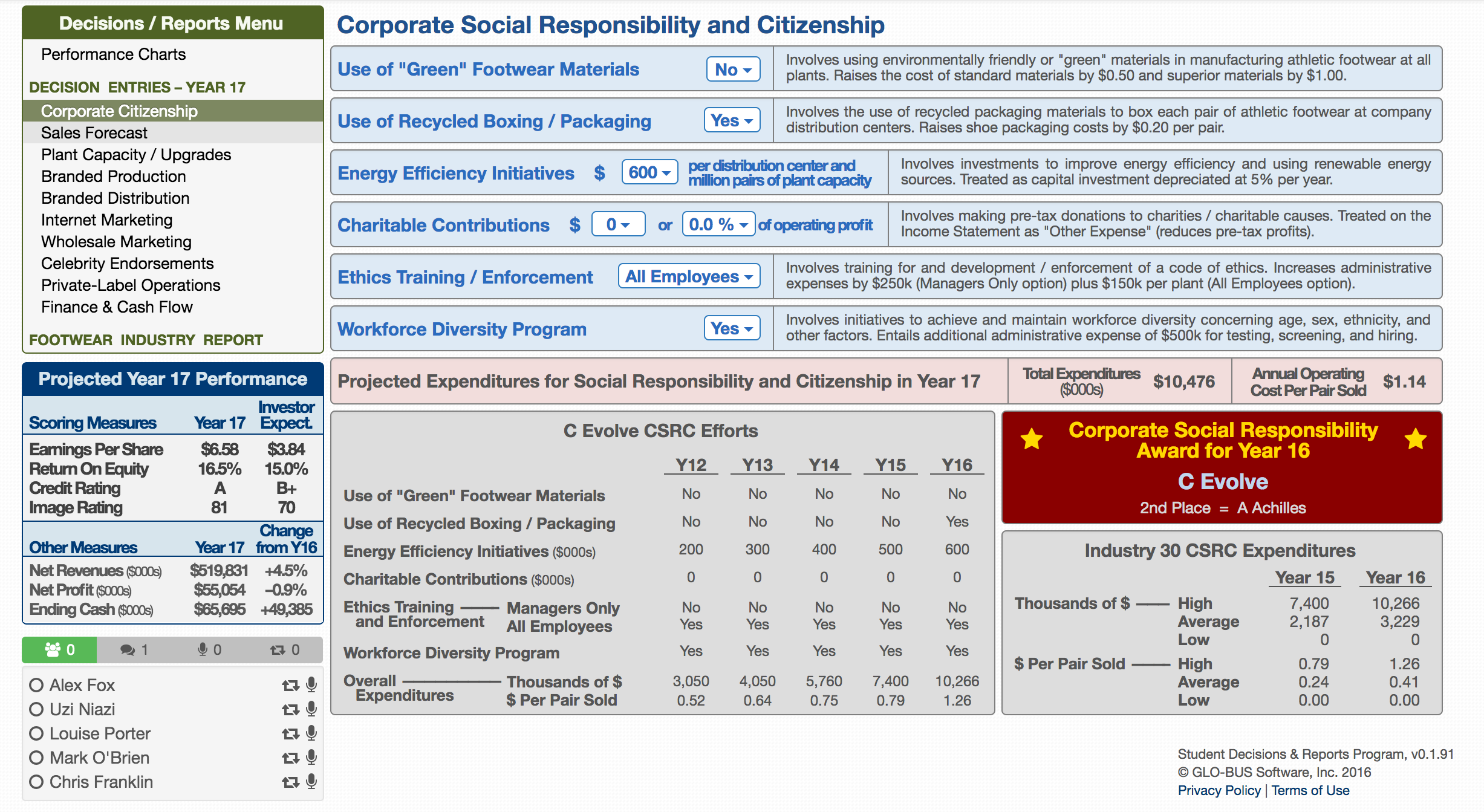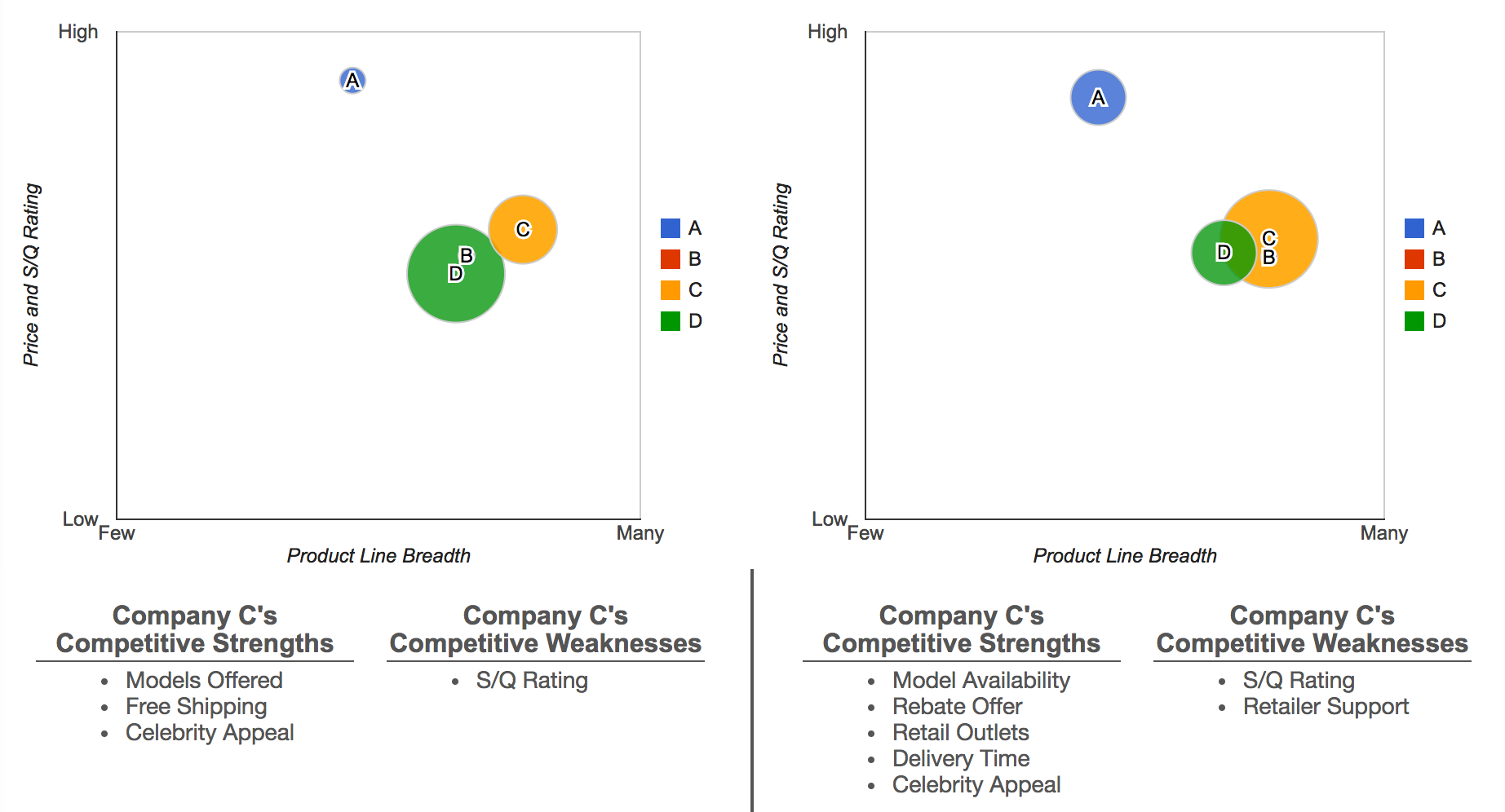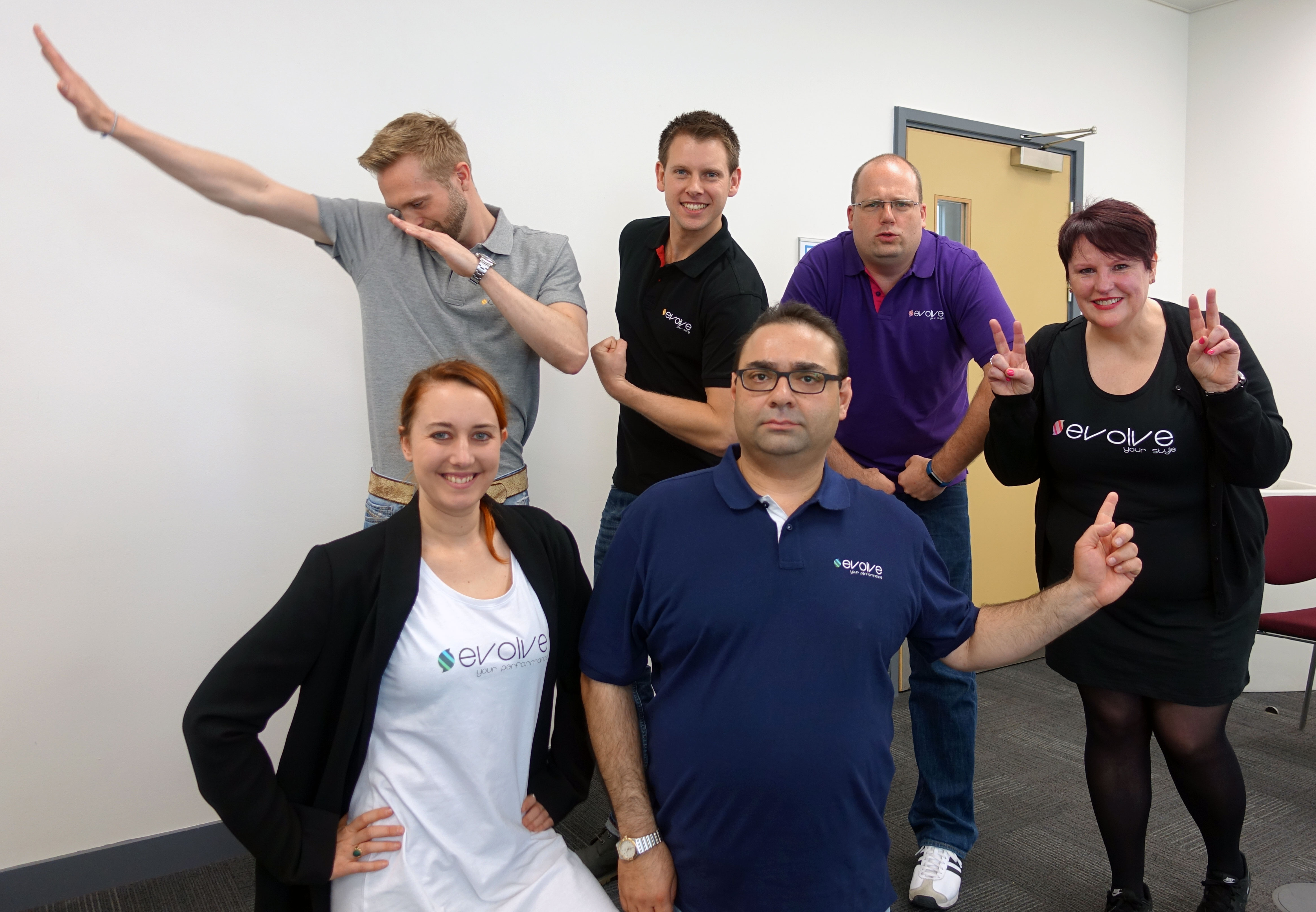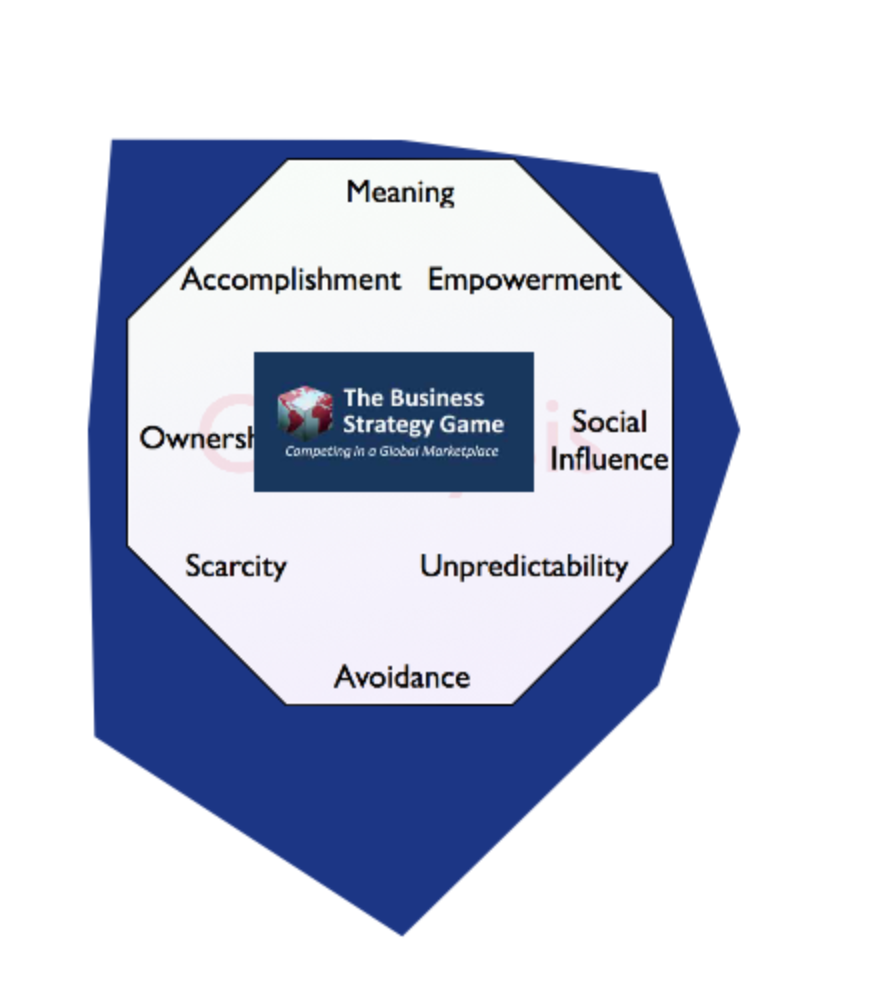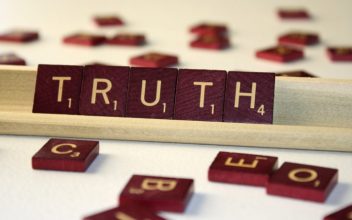A boring Game?
I recently played a rather tedious Business Strategy Simulation Game in my MBA program https://www.bsg-online.com/. The Game is an attempt to create engagement with a potentially bland topic: business strategy.
Although I mildly enjoyed playing the Simulation, I noticed several motivational problems. My in-depth knowledge of Octalysis gave me the tools to analyze the experience and uncover insights about how to improve the game.
Let’s find out what I’ve discovered!
The Setup
The game is played by a team of around 4-6 players simulating the business strategy of a shoe factory. This simulation is incorporated in business schools and corporations to improve team-work and strategic decision-making.
In the simulation, you’re competing against 2-5 other teams in real time, where 1 year corresponds to 1 week in the game.
You make decisions each week (which equals one year in the game) which will change the feedback towards what’s happening in the marketplace and how successful your company will be based on country-based and international ratings. Main indicators are Net Revenue and Profit and Ending Cash but also Image and Credit Rating, based on CSR efforts and customer feedback.
See below the screenshot of the rather overwhelming experience:
After the year is over you’ll get to see a report that mentions your position in the marketplace indicating your strengths and weaknesses, which helps you identify your niche and competitive advantage. This is good Core Drive 2: Development and Accomplishment design and gave us a sense of autonomy in the experience (Core Drive 3: Empowerment of Creativity and Feedback).
So-so simulation fun
Well, let’s just say it could have been a lot more engaging. Did I ever feel the need to come back to the experience? Absolutely, because losing the Game wasn’t an option (Core Drive 8: Loss & Avoidance) and I was curious what the feedback to our actions would be (Core Drive 3 and Core Drive 7: Unpredictability & Curiosity). Also, having to wait every week for the next decision gave you a sense of impatience (Core Drive 6: Scarcity and Impatience).
So, if urgency wasn’t the problem in the experience, what was?
The relationship to my teammates (Core Drive 5: Social Influence & Relatedness) was of growing importance to the fact that it made us find more diverse and creative Solutions and Strategies (Core Drive 3: Empowerment of Creativity & Feedback) not alone, but together in a team. The problem was, that we felt the need for communication and autonomy and the system did not empower that. So we wanted to have a more intrinsic design but the simulation did not offer it.
We couldn’t comfortably play together and the system usually crashed when trying to be on the server at the same time. It’s like trying to have a meeting on Skype and half of the team can’t hear you. It’s frustrating and destroys intrinsic motivation.
This Octalysis Octagon summarizes the player experience from motivation or Core Drive perspective. In short, the experience was overly extrinsically-motivated and lacked well-designed intrinsic motivators (The analysis can vary by player).
There was a huge amount of motivation in the onboarding phase of the experience because of the unpredictability of the outcome. The game is designed around that core drive but executed rather poor. The outcomes become rather predictable and repetitive and cease to engage. In real businesses, your strategy needs to be agile enough to act in any kind of situation. For a fact, our team had expectations based on Simulations like Civilization or Sim City and we expected to see something like a plant burning down or experience employee turmoil. Unfortunately, it all stayed quite plain and there were not that many exciting challenges that we could take.
The exciting bits
To me, the most exciting part of the game was my team’s decision to build a whole strategy around the game, which was actually not incorporated within the game itself but motivated by the lecturer and the course content. In short, my team applied our own intrinsic need for creativity (Core Drive 3: Empowerment of Creativity & Feedback) into the overall experience, because it didn’t feel like we had enough autonomous choices.
While tapping into our creativity and giving the players within the team feedback (from their teammates), this decision also gave the game some Epic Meaning (Core Drive 1: Epic Meaning & Calling), which was highly needed. Maybe an additional idea could have been that you can choose your quest in the beginning of the game: World power, Corporate Social Responsibility or Elitism, something which helps to define the objective of the game and assists you in creating a company culture.
We built our visual branding, chose our mission and vision and created a company culture.
Below you can see how defining our objectives in the game created Creativity and Epic Meaning. We even did some extra work creating a video for the company.
https://www.youtube.com/watch?v=FPMPJ40Y4NI
The culture (a blend of epic meaning and calling, ownership and social influence) helped my team to make in-game decisions and was the most crucial part of the experience. Again, this design should have been integrated into the game experience itself and not outside of it.
The simulation should have motivated us to look at it not just from a game perspective but giving us the feeling of running a real business. This also means the feedback mechanics based on your decisions need to make sense, which they don’t always do. For example, the game has no customer focus. If you decide to run a marketing campaign with printed posters and your audience is 13-16 years of age, it wouldn’t make any difference than doing a community driven social media campaign, as long as you spend the right amount of money in the correct part of the world and endorse the right celebrities. If the game really wants to empower strategic thinking, that should be part of the design.
On the other hand, winning the game doesn’t mean you have created a responsible, working business strategy. It just means you discovered how best to win this game.
Defining our Key Business Metrics early on helped us to understand what success means for our company and what our vision is. That’s why our team strategically decided not to go for the win, but to hold on to our culture and motivation to run our business and play the game our way. An interesting anecdote which can also be applied to real life. Maybe that’s what the simulation is good at, it’s limitations create a need to think further than the game itself.
Below you can see the presentation of our project, highly motivated by CD1 and CD5 to create a sense of fighting for the same cause together and making the viewer be part of the experience we’ve had.
4 lessons learned:
The future of the game definitely lies in the strength of Core Drive 5: Social Influence & Relatedness and the ability to bring people together to help them build a vision and Core Drive 1: Epic Meaning & Calling by exercising Core Drive 3: Empowerment of Creativity & Feedback.
1. Allow people to fail:
The urgency the simulation creates based on Core Drive 8: Loss & Avoidance makes the player feel anxious about any interaction, especially if the experience is marked in the end. Giving the user the feeling that he can’t make mistakes destroys the whole learning experience and the main purpose of playing a game. Removing some of the CD8 elements and leaning more towards the Core Drive 7: Unpredictability & Curiosity aspects will make it more engaging to play while still creating urgency.
2. Leaderboards are not the easy way out:
Core Drive 2: Development and Accomplishment is applied in a lazy way. The ‘Let’s put some leaderboards there and that will make it more fun’ approach destroys intrinsic motivation. The end of year report is very handy and reflects much more accurate who’s in a leading position and who are competing against each other. Our team was highly motivated by the CSR Reward of the year, but there should be more feedback attached to it – what did this reward change, why did we get it and most importantly, why is this of value for us?
3. Give the player a sense of progress:
The Game could flourish by giving more flexibility and reward efforts regarding Marketing and Customer Experience, how does the Customer feel, why do they feel that way and how can you improve. Giving the player some indicators about how to use the platform with a glowing choice and some useful hints during the Onboarding phase and when the user is lost would make the experience less daunting and less CD8 driven. Stop making the player feel anxious, make them feel clever and that they’re learning something during the experience.
4. Create unpredictability:
Further, if the game incorporated random events indicative of a real environment, we can implement mechanics that draw on CD7 – like weather changes, catastrophes and other mechanics that will change a player’s or team’s strategy and will make teams remain agile. These CD7 events could include positive outcomes like new legislations and inventions (like 3D printing) relevant to modern businesses.
Want to improve your own product?
At The Octalysis Group, we have thousands of hours of practice using Octalysis to better understand experiences, from training simulations to marketing campaigns. Many of clients have benefitted tremendously from the power of Octalysis.
Want us to do the same for your product?
Contact Sabrina Bruehwiler now.
-
This blog has been verified by Rise: R08785af0d0bfc93c6370e0a06d74e2bf
